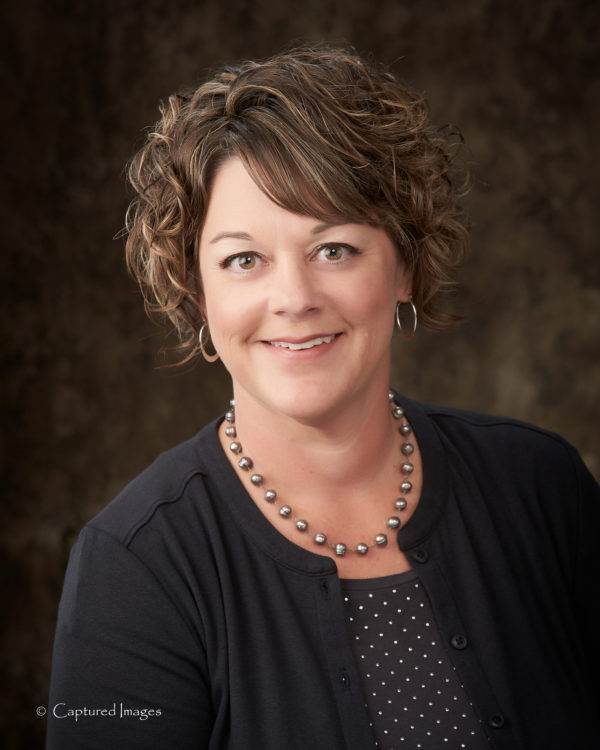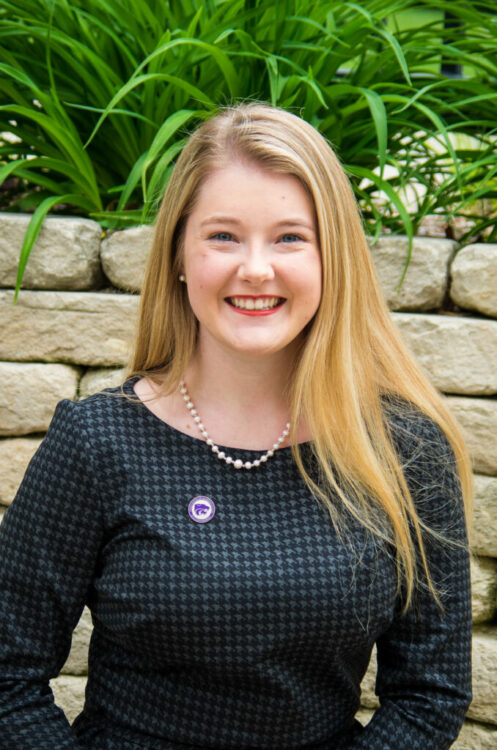
District Extension Agent, Horticulture
Southwind Extension District
111 S. Butler
Erie, KS 66733
Office: 620-244-3826
Cell: 620-496-8786
Are you itching to get out of the house and do something productive in the landscape? If you have fruit trees, now is the time to prune. A little planning ahead with fruit trees, such as pruning, can mean big rewards later in the growing season.
Are you like many who are “afraid” to prune? Don’t be. When done correctly, pruning is an essential component of growing a healthy, productive fruit tree. Fruit trees should be pruned every year and for several reasons. The first is the development of a strong tree structure. Pruning should begin when the tree is planted and continued each year thereafter. Another reason to prune is the increased penetration of sunlight for the development of fruit buds and for the fruit to mature properly.
Trees can be pruned this early (winter) because they are dormant. This can be done in January, February and even early March. Pruning when trees are dormant makes it easier to see undesirable branches because leaves aren’t present. It is important to do any pruning before dormant sprays are applied, to avoid spraying some of the wood that will later be removed. Total spray coverage of limbs, branches and shoots will be increased after pruning. Do not prune if temperatures are below 20°F because this can cause tissue damage.
Have your fruit trees been neglected for quite some time? If so, pruning can seem like an overwhelming task; where to start, how much wood to remove, etc. But a neglected tree can be revitalized.
The first step in revitalizing a neglected tree is to prune wood around the trunk area and near the ground. Remove all sucker growth around the trunk by cutting as close as possible to the point of origin. Then remove all dead and diseased branches. Next, look for two branches that rub and remove one of the two. Branches that are growing toward the interior of the tree should also be removed. No more than thirty percent of the tree should be removed in a year.
You will want to retain scaffolds that are growing away from the tree center at wide angles with the trunk. Scaffolds are one of the main branches making the basic framework of a tree. They should be positioned on different sides of the tree for good distribution of the fruit crop.
The right tools are needed for proper pruning. Tools always need to be sharp so clean cuts can be made. Cuts that result in bark tears, stubs, or jagged surfaces are slow to heal and may even not completely heal. A scissor type of hand shear is used to prune small size wood, usually ¼ inch in diameter. Long handled loppers should be used to cut ¼ to ½ inch wood. These will need to be used generally by the third year of tree growth. For branches larger than ½ inch, use a fine-toothed pruning saw.
The Extension office has a couple of publications on pruning fruit trees that explain in more detail how to prune depending on the species and age of the tree. These publications can be found on our Southwind website: www.southwind.ksu.edu
If you would like me to evaluate your trees, give me a call and a home visit can be scheduled.
Krista Harding is a K-State Research and Extension Agricultural agent assigned to Southwind District. She may be reached at [email protected] or 620-244-3826.
K-State Research and Extension is an equal opportunity provider and employer.







